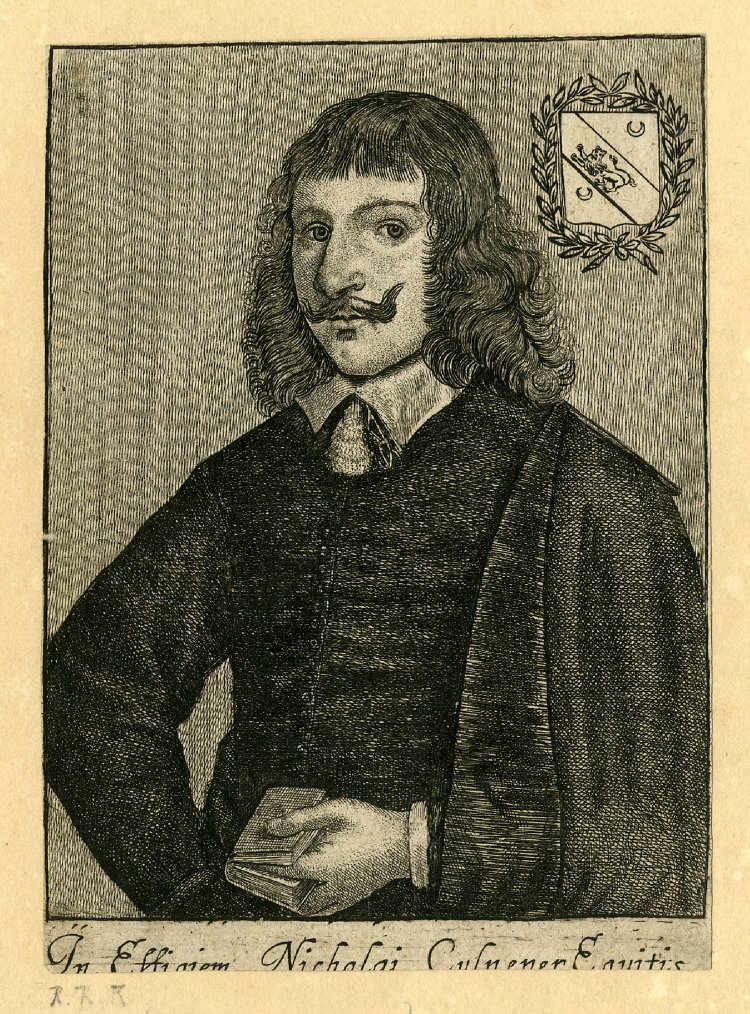Richard Gaywood on:
[Wikipedia]
[Google]
[Amazon]
 Richard Gaywood (
Richard Gaywood (
 Gaywood's portraits include copies from engravings by Hollar, and those in the ''Centum Icones'' of Anthony van Dyck. Others were those of: William Drummond of Hawthornden, and the early kings of Scotland in his ''History of Scotland'', 1655;
Gaywood's portraits include copies from engravings by Hollar, and those in the ''Centum Icones'' of Anthony van Dyck. Others were those of: William Drummond of Hawthornden, and the early kings of Scotland in his ''History of Scotland'', 1655;
 Richard Gaywood (
Richard Gaywood (fl.
''Floruit'' (; abbreviated fl. or occasionally flor.; from Latin for "they flourished") denotes a date or period during which a person was known to have been alive or active. In English, the unabbreviated word may also be used as a noun indicatin ...
1650–1680) was an English engraver.
Life
Gaywood was a pupil of Wenceslaus Hollar, and worked in his style. A friend of Francis Barlow, he engraved many of his designs.Works
Gaywood was prolific, the bulk of his work consisting of portraits and frontispieces to books, for which he was widely employed by publishers. Much of his work was forPeter Stent
Peter Stent (c. 1613–1665) was a seventeenth-century London printseller, who from the early 1640s until his death ran one of the biggest printmaking businesses of the day.
Stent originally was an engraver himself. Edward Calver wrote verses to ...
.
Gaywood is noted for his etchings of birds and animals after Francis Barlow. They worked together on a large etching after Titian's ''Venus and the Organist'', which was dedicated to John Evelyn
John Evelyn (31 October 162027 February 1706) was an English writer, landowner, gardener, courtier and minor government official, who is now best known as a diarist. He was a founding Fellow of the Royal Society.
John Evelyn's diary, or ...
.
 Gaywood's portraits include copies from engravings by Hollar, and those in the ''Centum Icones'' of Anthony van Dyck. Others were those of: William Drummond of Hawthornden, and the early kings of Scotland in his ''History of Scotland'', 1655;
Gaywood's portraits include copies from engravings by Hollar, and those in the ''Centum Icones'' of Anthony van Dyck. Others were those of: William Drummond of Hawthornden, and the early kings of Scotland in his ''History of Scotland'', 1655; Oliver Cromwell
Oliver Cromwell (25 April 15993 September 1658) was an English politician and military officer who is widely regarded as one of the most important statesmen in English history. He came to prominence during the 1639 to 1651 Wars of the Three K ...
; James Shirley; Sir Peter and Lady Ellinor Temple; George Monck, Duke of Albemarle
George Monck, 1st Duke of Albemarle JP KG PC (6 December 1608 – 3 January 1670) was an English soldier, who fought on both sides during the Wars of the Three Kingdoms. A prominent military figure under the Commonwealth, his support was cruc ...
(after Barlow); Madame Anne Kirk; General William Fairfax; Sir Bulstrode Whitelocke
Sir Bulstrode Whitelocke (6 August 1605 – 28 July 1675) was an English lawyer, writer, parliamentarian and Lord Keeper of the Great Seal of England.
Early life
He was the eldest son of Sir James Whitelocke and Elizabeth Bulstrode, and was b ...
; and John Browne the instrument maker.
Among the frontispieces and title-pages was that to Johann Jacob Wecker
Johannes Jacob Wecker (1528–1586) was a Swiss physician and philosopher.
He worked as a doctor from 1566 and wrote a number of works about medicine, some of which were in both French and Latin. Doubtless fleeing accusations of sorcery, Wecker ...
's ''Secrets of Art and Nature'' (1660). Other plates were a set of social scenes, representing the ''Five Senses'', a view of Stonehenge
Stonehenge is a prehistoric monument on Salisbury Plain in Wiltshire, England, west of Amesbury. It consists of an outer ring of vertical sarsen standing stones, each around high, wide, and weighing around 25 tons, topped by connecting ...
, ''The most magnificent Riding of Charles the II to the Parliament, 1661'', ''The Egg of Dutch Rebellion'' (satirical print, 1673), ''Capture of a Whale at Sea'', ''Democritus'', and ''Heraclitus''.
References
*Notes
;Attribution {{DEFAULTSORT:Gaywood, Richard English engravers 17th-century English people 17th-century engravers